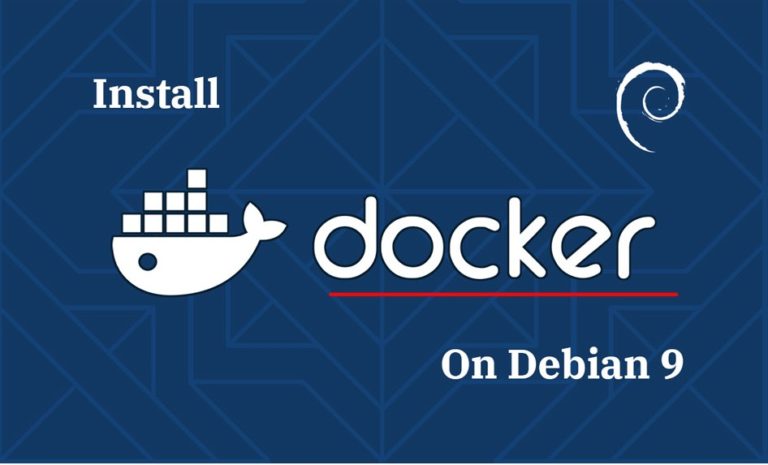
- #Install ubuntu on virtualbox redhat how to#
- #Install ubuntu on virtualbox redhat install#
- #Install ubuntu on virtualbox redhat software#
#Install ubuntu on virtualbox redhat software#
Virtualbox Guest Additions on Ubuntu 22.04 Jammy Jellyfish Software Requirements and Linux Command Line Conventions Category
#Install ubuntu on virtualbox redhat how to#
#Install ubuntu on virtualbox redhat install#
How to install Virtualbox guest additions.This tutorial assumes that you’ve already installed your Ubuntu 22.04 operating system in the VM correctly. With these instructions, it doesn’t matter what host system you’re using, as long as the virtual machine is running Ubuntu 22.04. In this turorial, we’ll be going over the step by step instructions to get VirtualBox Guest Additions installed on Ubuntu 22.04 Jammy Jellyfish. Guest Additions will work with just about any Linux distribution, but instrutions can differ because of dependencies and package managers. It also changes the virutal machine’s resolution automatically when its window is resized, so you do not need to change it manually. This makes copying data to and from a host system much more convenient. VirtualBox Guest Additions will give the machine more capabilities, such as a shared clipboard with the host system, drag and drop file transfer, time synchronization, shared folders, automatic window resizing, and more. This should get you up and going.If you’re running Ubuntu 22.04 inside a VirtualBox virtual machine, installing the Guest Additions software will help you get the most out of the system. Meeting schedule and location are tracked in the openshift/community repo.

The OKD Working Group meets bi-weekly to discuss development and next steps.For support check out the #openshift-users channel on k8s Slack.To report issues, use the OKD Github Repo:.Once you’ve gain some experience with OpenShift by using the open source upstream combination of OKD and FCOS (Fedora CoreOS) to build your own cluster on your home lab, be sure to share your feedback and any issues with the OKD-WG on this Beta release of OKD in the OKD Github Repo here: Ĭheck out the step-by-step guide here on This guide assumes you have a virtualization platform, basic knowledge of Linux, and the ability to Google. VMWare is the example hypervisor used in this guide, but you could use Hyper-V, libvirt, VirtualBox, bare metal, or other platforms. The purpose of this step-by-step guide is to help you successfully build an OKD 4.5 cluster at home that you can take for a test drive. Used hardware for a home lab that could run an OKD cluster is relatively inexpensive these days ( $250–$350 ), especially when compared to a cloud-hosted solution costing over $250 per month. Instructions for Deploying OKD 4 Beta on your Home Labįor those of you who have a Home Lab, check out the step-by-step guide here helps you successfully build an OKD 4.4 cluster at home using VMWare as the example hypervisor, but you can use Hyper-V, libvirt, VirtualBox, bare metal, or other platforms just as easily.Įxperience is an excellent way to learn new technologies. OKD’s default operating system is Fedora CoreOS which, like OKD, is the upstream version of Red Hat CoreOS. Starting with the release of OpenShift 4, the default operating system is Red Hat CoreOS, which provides an immutable infrastructure and automated updates. OpenShift expands vanilla Kubernetes into an application platform designed for enterprise use at scale.

OKD is the upstream community-supported version of the Red Hat OpenShift Container Platform (OCP).

Take OKD 4, the Community Distribution of Kubernetes that powers Red Hat OpenShift, for a test drive on your Home Lab.Ĭraig Robinson at East Carolina University has created an excellent blog explaining how to install OKD 4.5 in your home lab!


 0 kommentar(er)
0 kommentar(er)
